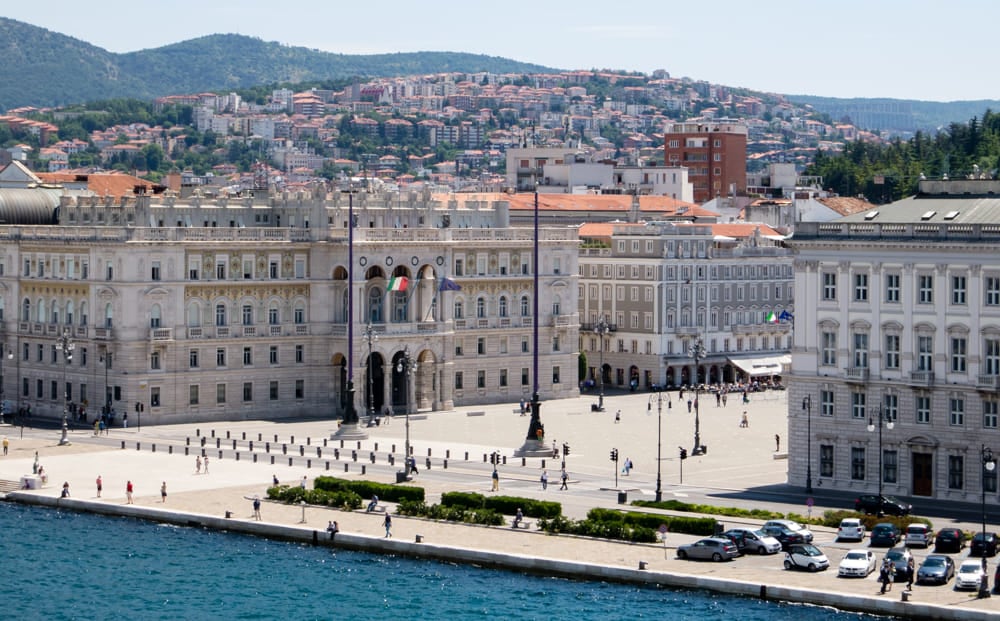Trieste is the meeting-place for literature. Historical rendezvous are Caffè Tommaseo, fit for reading and conversation, and Caffé San Marco, well known for its confectionary and which looks like the typical Viennese cafés.
Trieste owns precious treasures: the Cenotafio by Wincklemann exhibited in the History and Art Municipal Museum, the drawings by Tiepolo in the Sartorio Museum, the stage costumes – a collection which is second to the one of the Scala of Milan only – in the Morpurgo Museum, the modern art gallery in the Museo Revoltella and the dinosaur Antonio, the only complete fossile of Androsaur in the National History Municipal Museum.
Trieste is a tolerant town. The Cathedral of St. Giusto (14th cent.) on the top of the hill having the same name, the Greek-Orthodox church of St. Nicolò with precious goldsmith’s icons, the Serb-Orthodox church of St. Spiridione shining with Byzantine art, and the Jewish temple, one of the largest synagogues in Europe.
Trieste lights up with sport events: in May the Marathon of Europe hosts athlets from all over the world and in October the Sailing Regata Barcolana with the participation of all classes of sailing boats.
The Castle of Miramare, on the bay of Grignano, was the residence of Maximilian of Austria, emperor Frank Joseph’s brother, and of his wife Carlotta. The white of its walls shows up from the green of the immense park of rare plants which surrounds it. The furnishing of the rooms is the original one.




